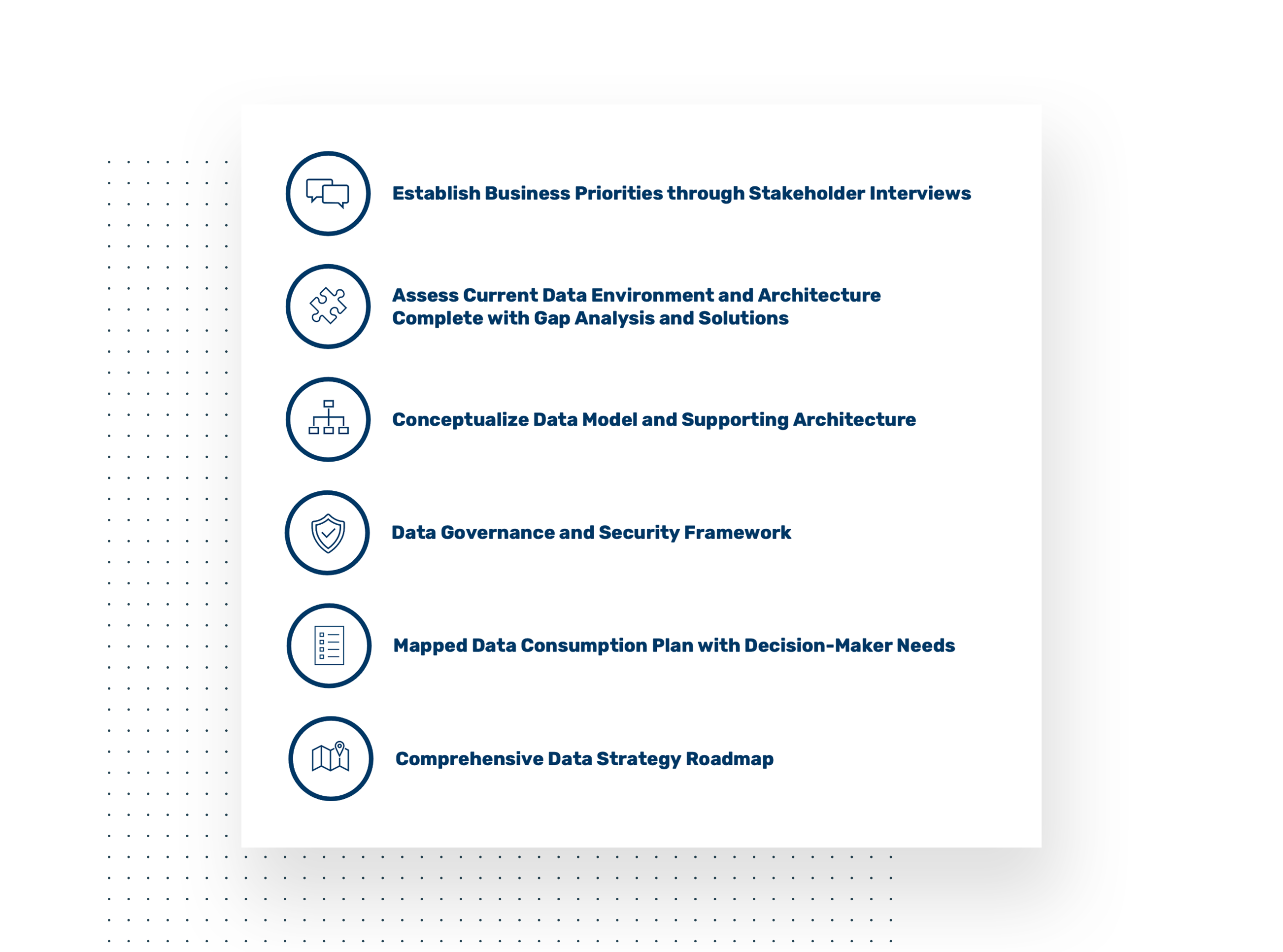Challenge:
Solution:
Outcome:

A direct-to-consumer dermatology startup found its data infrastructure was not actively supporting its plans for growth. Facing a siloed IT environment of disparate data sources and manual standard operating procedures, its chief technology officer recognized the need to improve the value of the data the company was collecting and the access the stakeholders had to the data to drive problem-solving insights.
Challenge:
A dermatology startup faced a siloed IT environment in which various systems, tools and processes used by different teams and departments were not integrated. This resulted in data being stored and managed separately, leading to inefficiencies, delays and missed opportunities for growth and innovation.
The chief technology officer knew that a fragmented system would not fuel the 18-month growth plan the company had put into place. They needed to give stakeholders better access to the data so they could use it to solve problems and create new prospects for growth.
Wanting to take a holistic approach, the business partnered with G2O to find a solution to a question that would shape the next 18 months and beyond: How can a company’s disconnected data platform be reconfigured to support innovation and insights?

Solution:
To help the startup identify and solve business and customer experience problems using its data, G2O used our Data Strategy Assessment process. This process involves identifying the issues needing addressed and creating a plan for the infrastructure and strategy required to tackle them.
Our Data Strategy Assessment included:
- Establishing business priorities through stakeholder interviews
- Assessing the current data environment and architecture, complete with a gap analysis and solutions
- Conceptualizing data models and supporting architecture
- Data governance and security framework
- Mapping a data consumption plan with decision-maker needs
- Creating a comprehensive data strategy roadmap
Generating a solution involves three key steps: Identification, validation and manifestation.

Identification
Validation
Manifestation
Outcome:
By charting a data-driven foundation for this company, G2O enabled this business to build a comprehensive roadmap that supports growth. This roadmap ensures that all data investments and implementation activities are aligned with the established goals. Perhaps most importantly, this roadmap also ensures that data is part of an overall strategy for business growth. Data should be an asset, not a roadblock.
This change in tactic also resulted in a culture where team members have consistent access to data, improving the customer experience from acquisition to retention and driving the business forward. With clear and focused goals, the dermatology startup has established clear opportunities for growth and scale, ensuring the success of its data-driven approach.